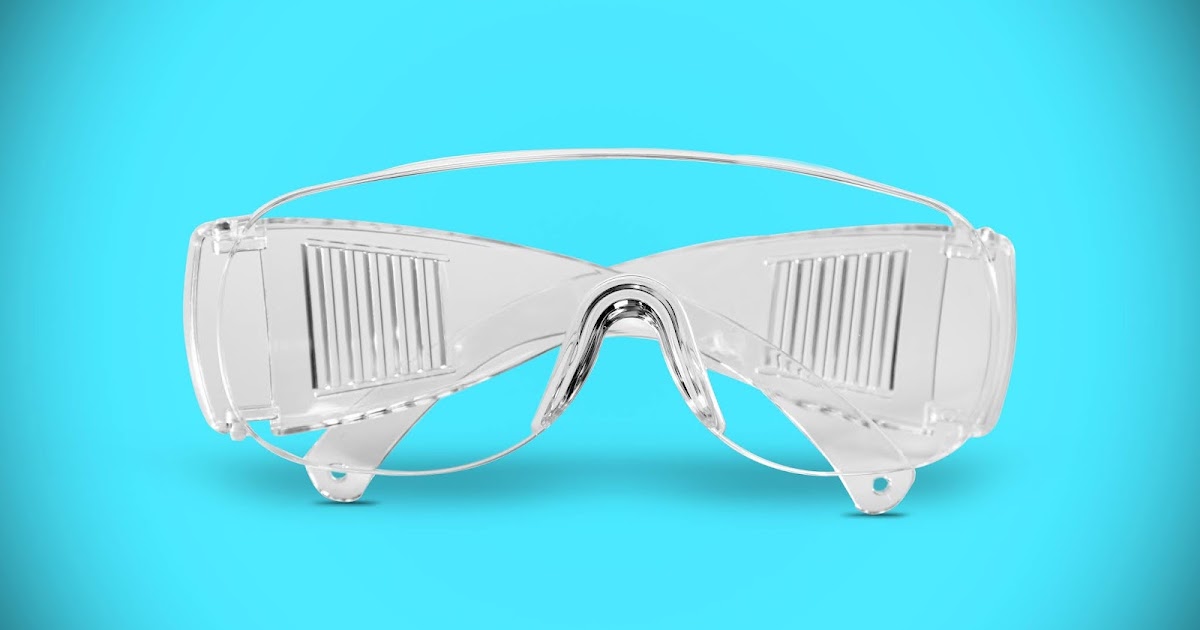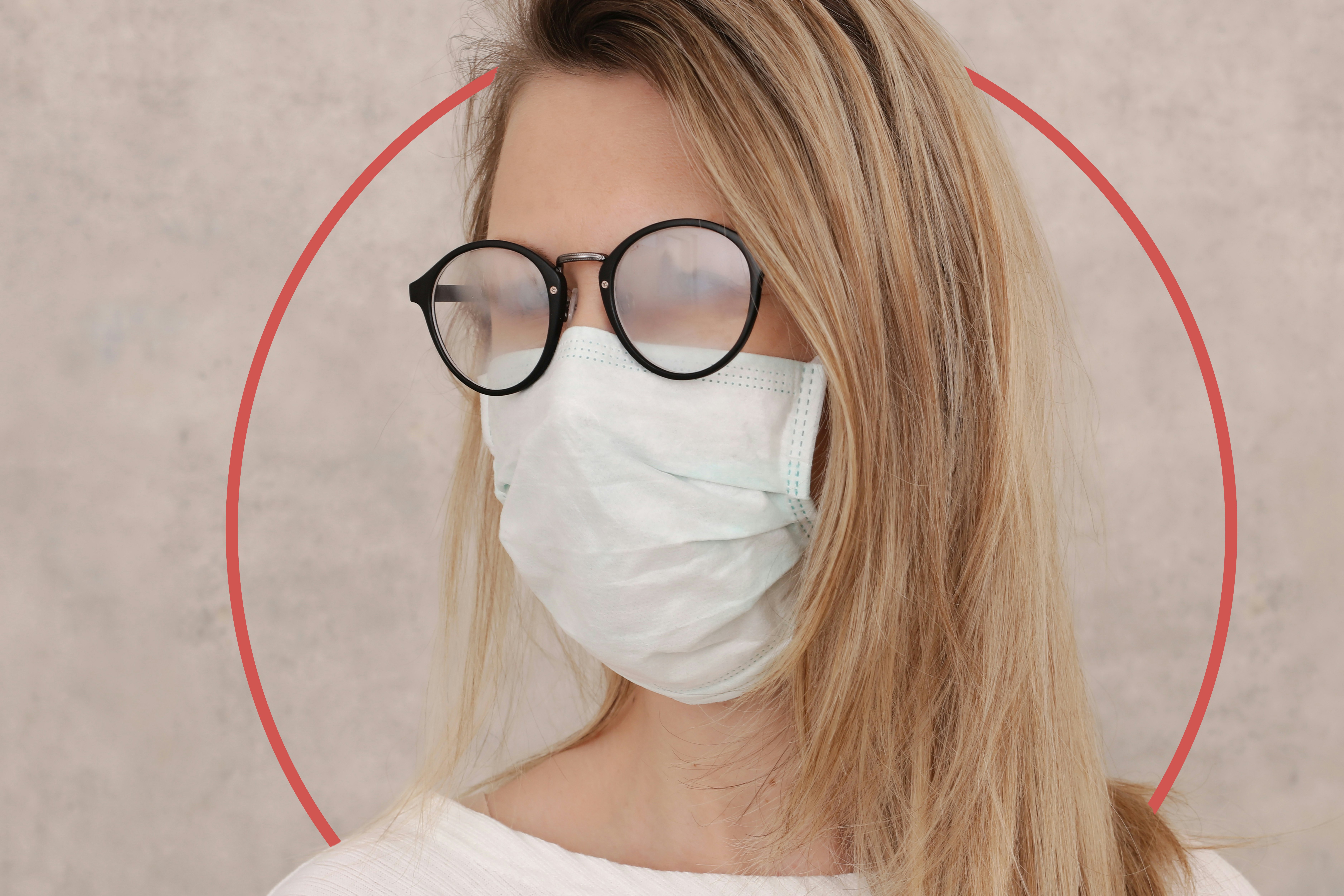
With this type of coating, water is absorbed by the coating. This is the most common coating used on anti-fog safety glasses when the technology was first invented back in the 1960s. It is best for high moisture environments and those where workers are regularly transitioning between environments with varying temperatures. This type of coating repels water, causing it to run off the lens. Without a doubt, purchasing coated anti-fog safety glasses is the smartest and easiest way to address this concern. The vapor cools and turns into tiny drops of liquid on the lens, giving it that film you see as fog.


In summary, lens fogging is caused by water vapor condensation that lands on the cooler surface of your lens. Our hot, humid exhaled breath can rise directly up and under our safety glasses, causing a periodic fogging of the glasses synchronizing with our breath. While that fogging might seem like an inconvenience, it could also be a real safety hazard.Īnother more increasingly common reason for fogging lenses is due to wearing masks. If you combine this with a dangerous work activity, like driving or operating certain machinery, it’s apparent that we need to figure out a way to address this. Going from a hot to cold area (or vice versa) is the classic scenario for a lens to fog up. Quick temperature fluctuations are another concern when wearing safety glasses. The idea of finding safety glasses that breathe well can be a challenging concern. Safety professionals agree that a safety glass should fit snugly to the face with very little room for flying debris to enter around the lens. If a worker is sweating and getting hot, it can exacerbate the problem. Your eyes give off moisture and when you have a safety glass that is close to your eyeball (causing lack of airflow), it could help generate some fogging concerns (partially depending on the temperature and humidity of the environment).Ī temperature difference between the inner and outer surface of the lens can cause them to sweat. To begin with, we need to realize that our eyeballs are warm, little, humidity generators.

There are different scenarios that can cause a safety glass to fog up. In fact, there are different technologies used to handle this concern and there is no definitive answer to every fogging issue. With that said, it has been a bigger problem addressing the fogging of safety glasses. The majority of safety glasses come with a scratch-resistant coating applied to the lens, and this technology is fairly consistent between the various brands.

Polycarbonate coating does have problems with scratching easily and fogging up (to be perfectly honest, all types of eyewear material have potential fogging issues). The other key benefit of polycarbonate is that they are all roughly 99% UV (ultraviolet) protected, which is important for general eye protection when working both indoors (lighting) and outdoors (sun). Most safety glasses found on the market contain polycarbonate lenses, primarily because polycarbonate is a superior grade of plastic to others, for impact and temperature resistance. Whether you are looking for protective eyewear for day wear (with uv protection) or safety glasses for indoors with minimal lens tint, safety glasses can offer maximum safety in all settings. Anti-Fog Safety Glasses | The Ultimate Guide


 0 kommentar(er)
0 kommentar(er)
